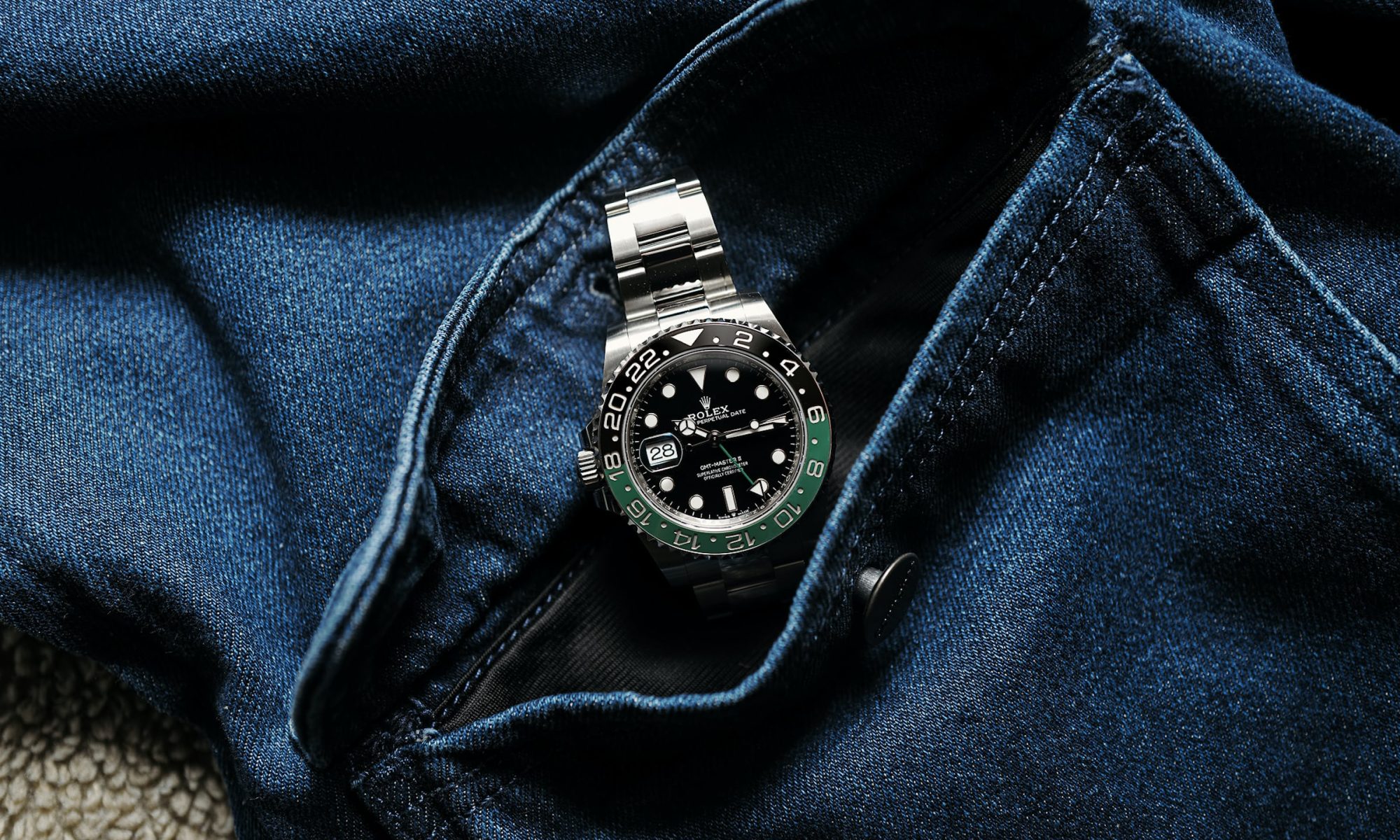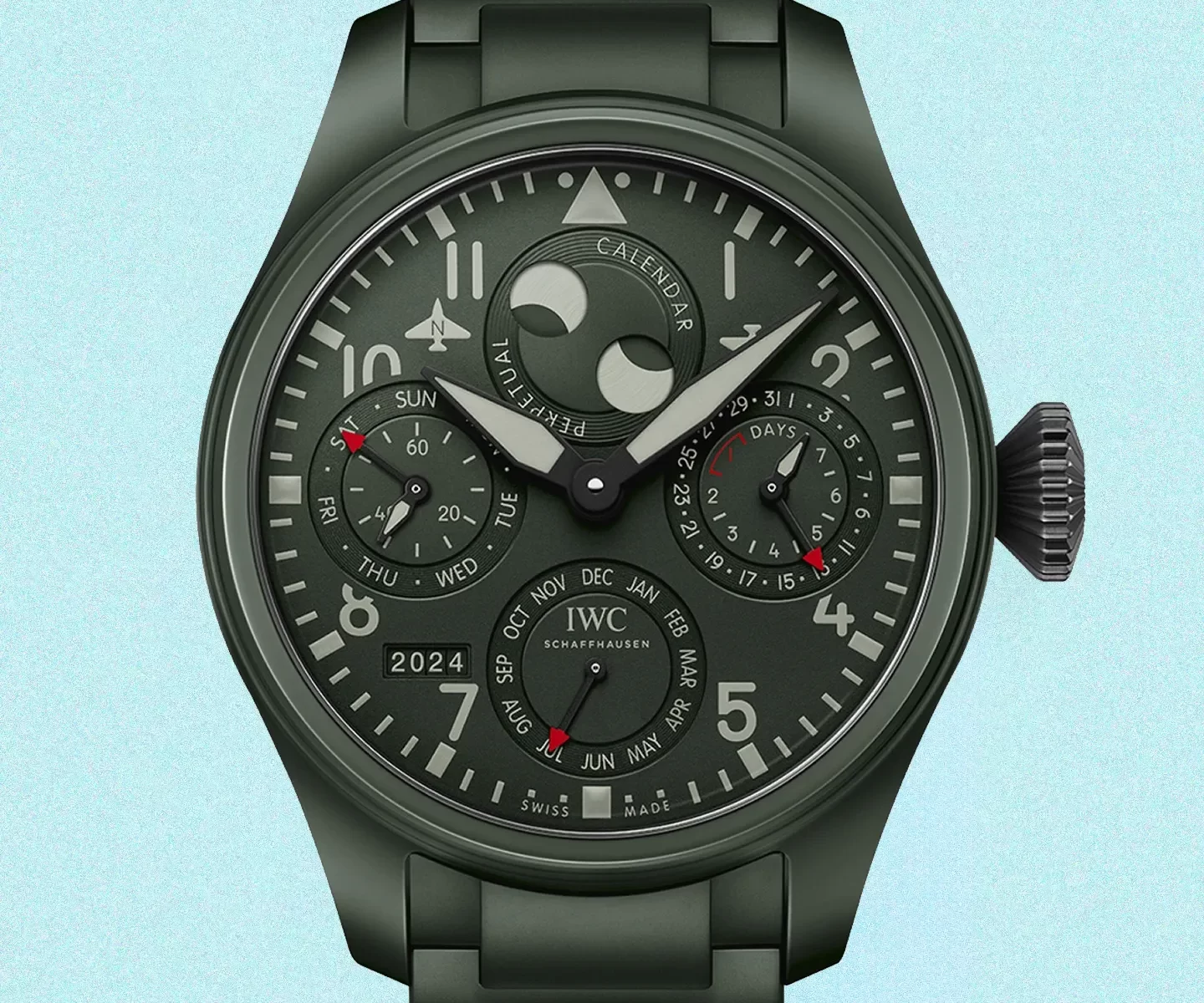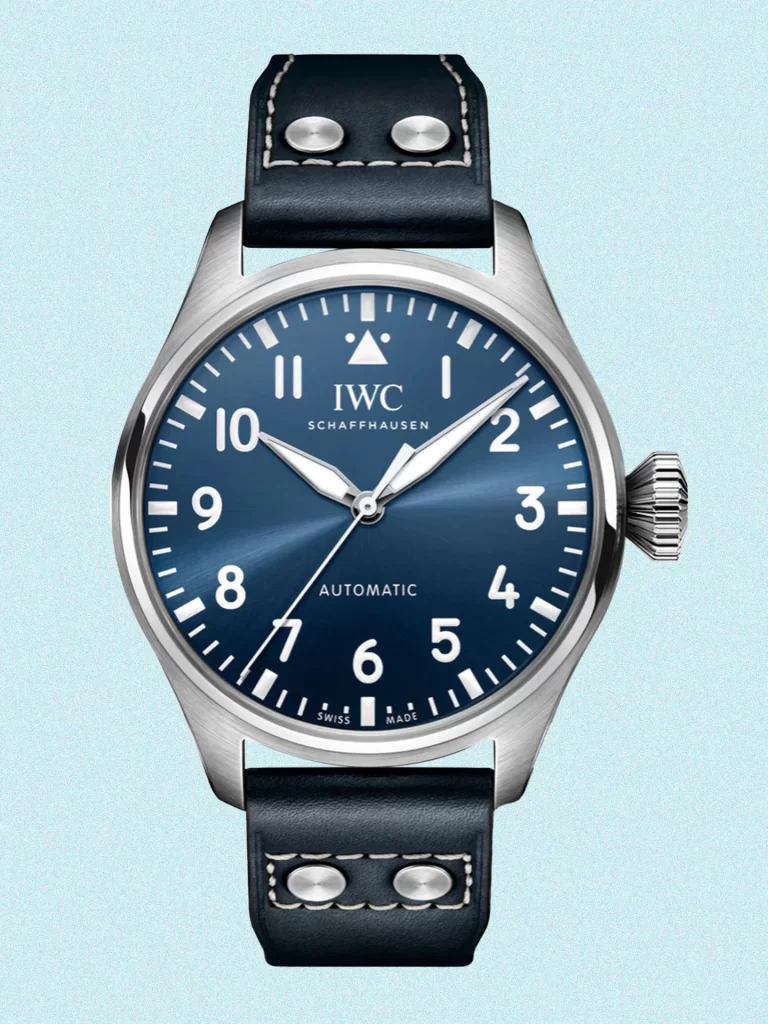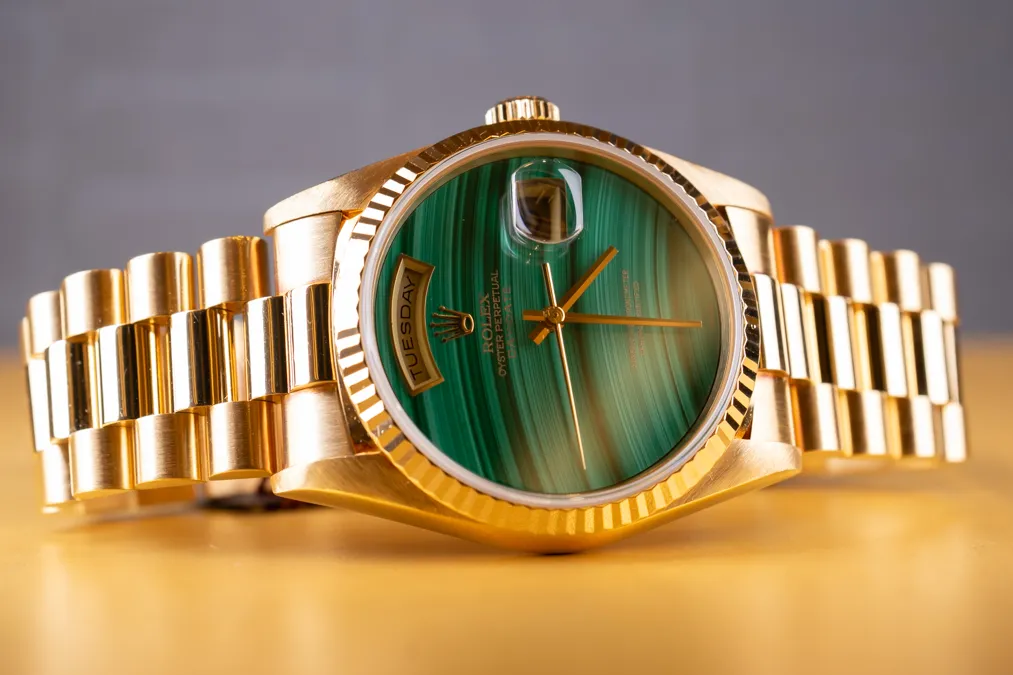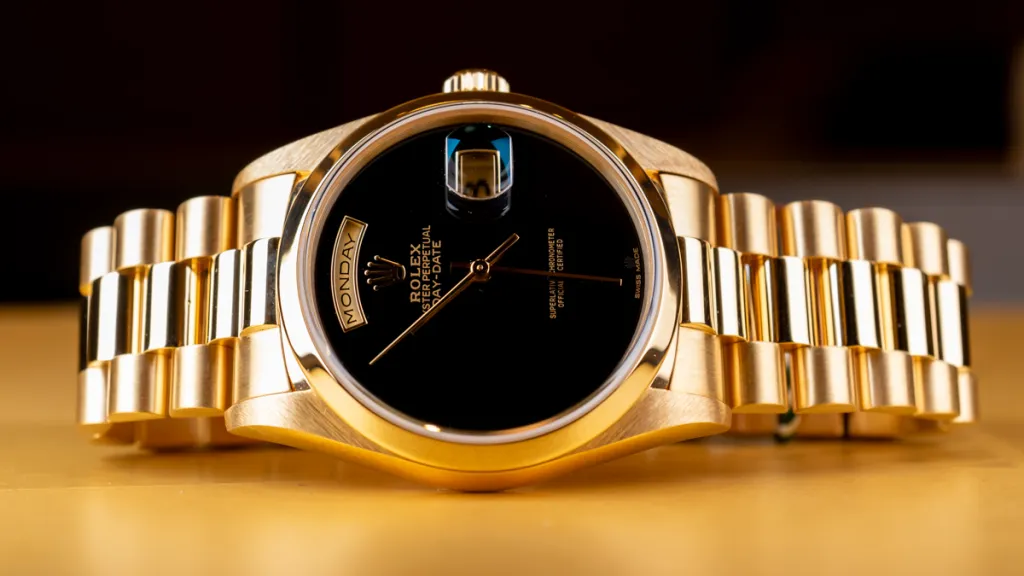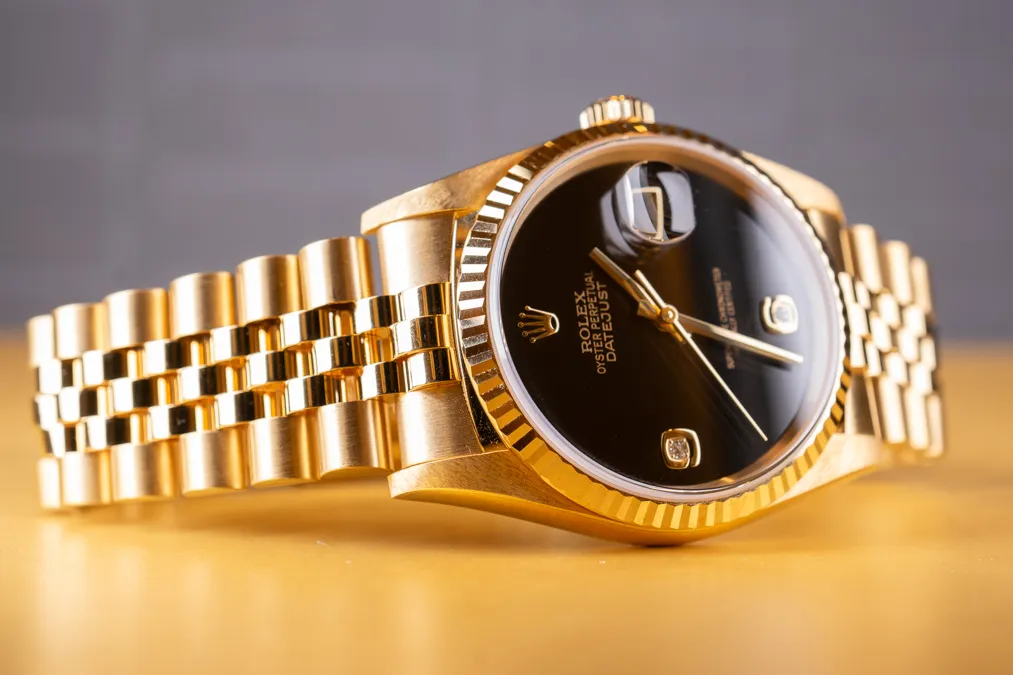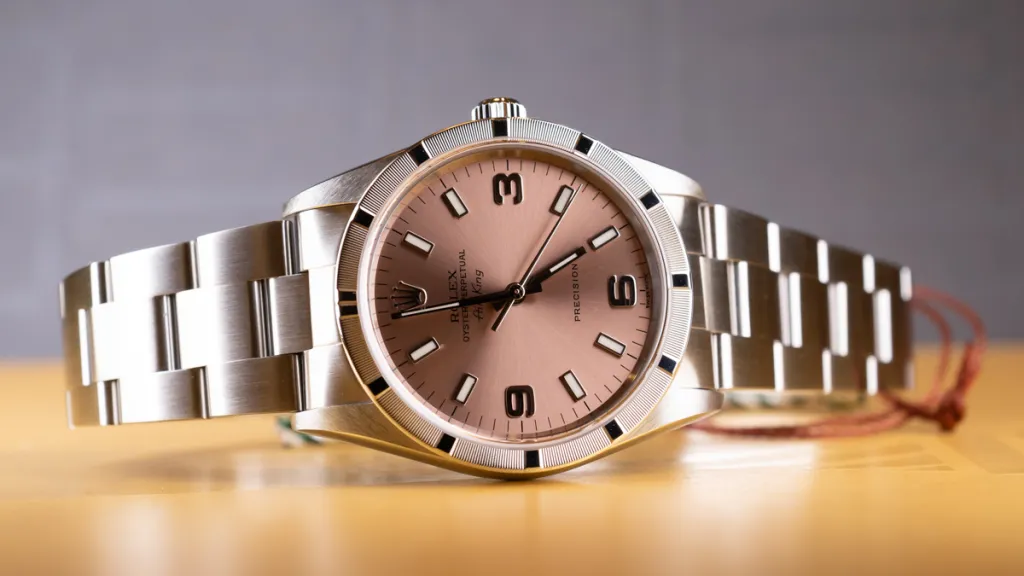UK Perfect Replica IWC Pilot’s Watches Chronograph 41 Miami Pink

There could be no better brand to head a story on Pilot’s watches than best replica IWC. Trying to outdo the vibrant fits of Lewis Hamilton is a tough thing to do, especially when he’s adding the extra flair of the Miami Pink edition to his look. This special edition of the tool’s tool watch in partnership with the AMG Petronas F1 team has a racy combo of searingly pink strapology and minty dial markings. Optimal titanium wristwear for a Miami blast, race day or not.
Lewis Hamilton: UK Shop Replica IWC Big Pilot’s Watches AMG G 63

It makes sense that Mercedes-AMG driver Lewis Hamilton would wear an high quality copy IWC watches inspired by the three-pointed star to the Miami GP. The Big Pilot’s Watch is one of two models IWC released to celebrate 10 years of working with the Mercedes F1 team. The AMG G 63 pays homage to the popular G-Class with various design features. The subdials evoke the car’s signature headlights, while the textured dial is inspired by the G-Class “Grand Edition.” Hamilton’s watch, which sports a 46.2 mm case made of 18-carat Armor Gold.
UK Online Replica IWC Portofino Chronograph 39 w/Bracelet

IWC is a brand that doesn’t know how to make an ugly luxury fake watches — though for many years, much of its catalog was just too darn big. Not anymore: The new Portofino Chronograph 39 is a perfect 39mm in diameter, while its mushroom pushers, up-down chronograph configuration, handsome silvered dial and matching multi-link bracelet paint a distinctly elegant picture. The automatic cheap super clone IWC cal. 69355 beating within offers 46 hours of power reserve, and a quick-change system allows one to swap out the stainless steel bracelet for a strap if desired.
